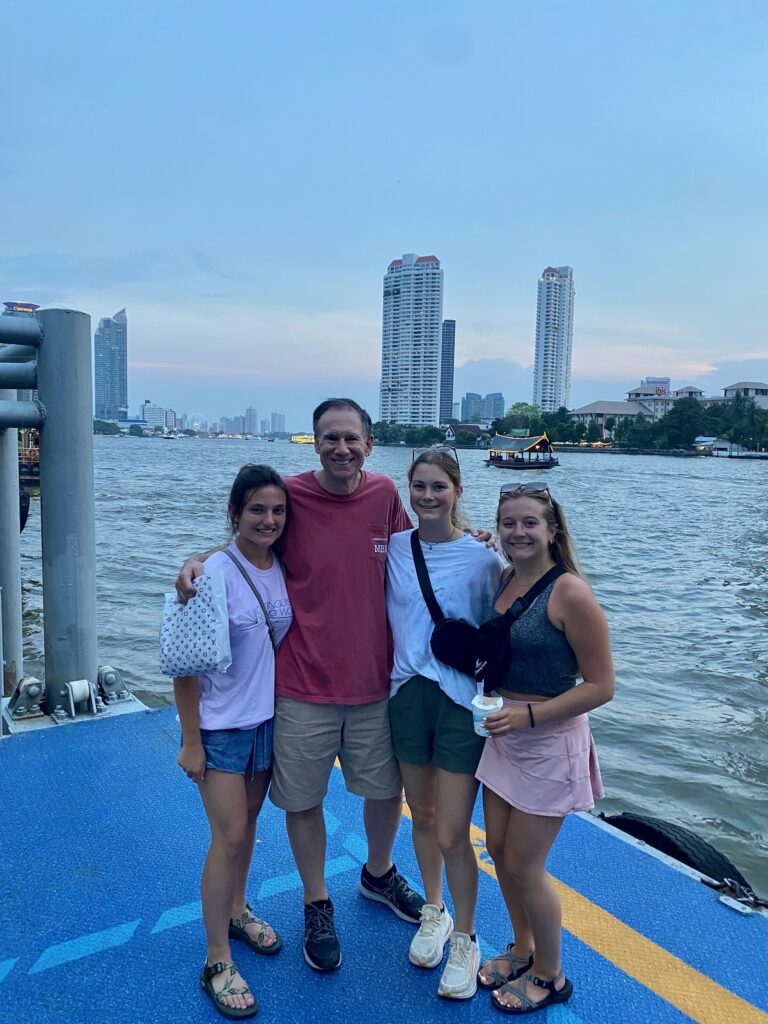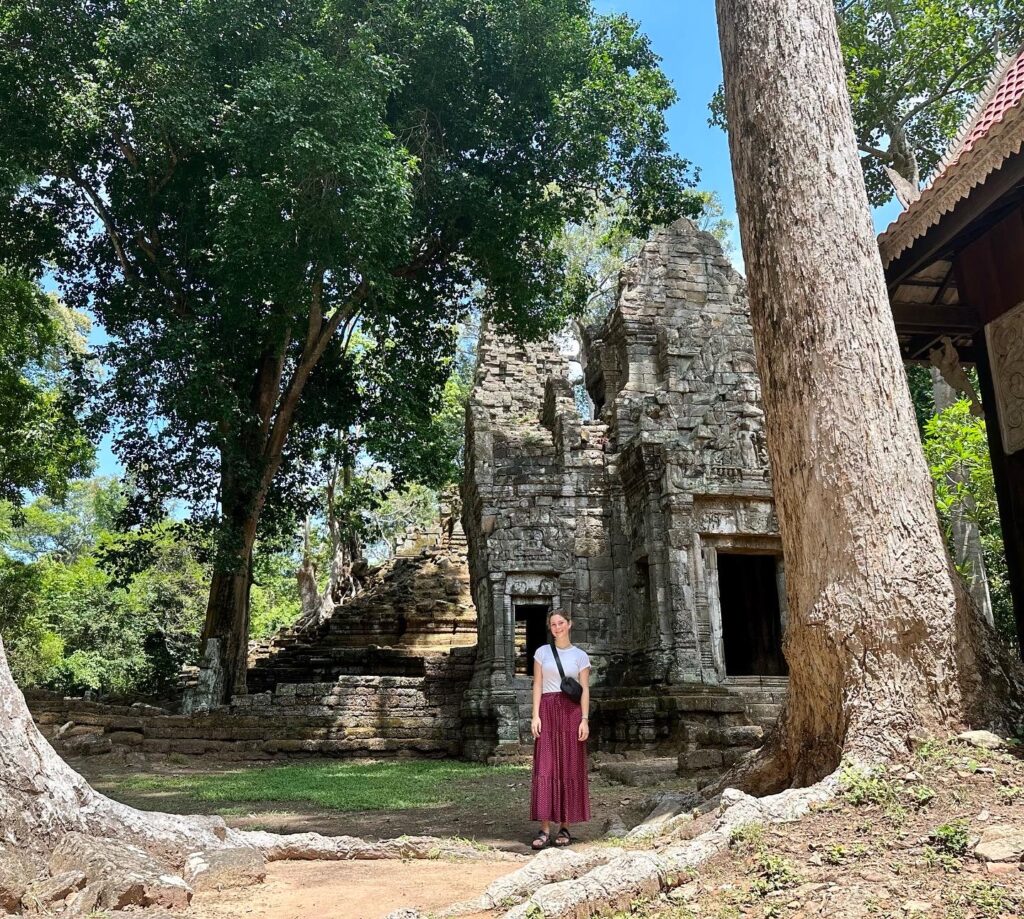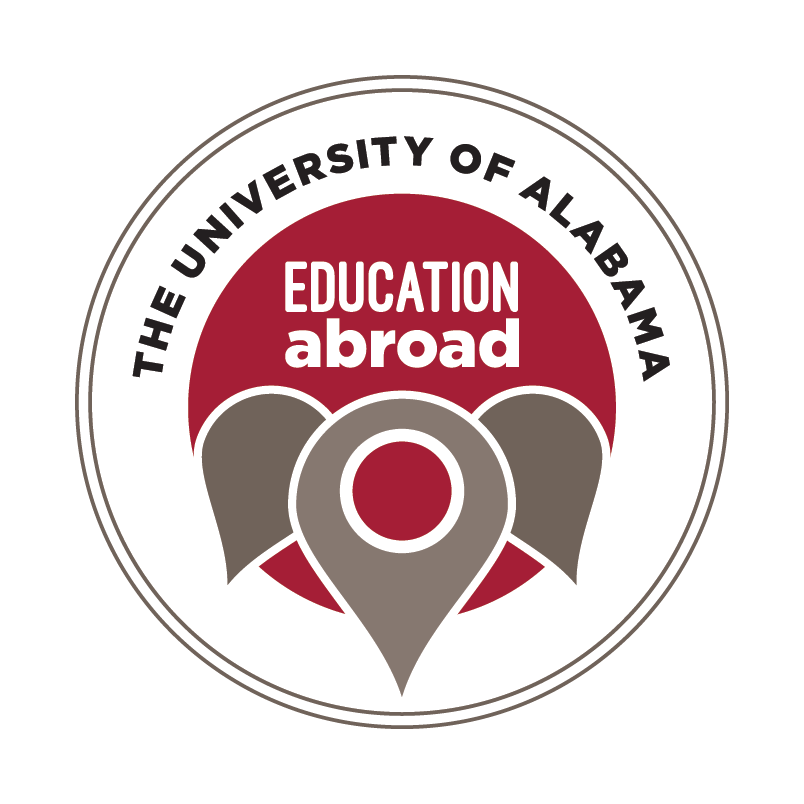Studying abroad was an exciting opportunity to explore new cultures, broaden my horizons, and gain invaluable educational insights. I am finally back in the States after visiting Hanoi and Ha Long Bay in Vietnam, Siem Reap and Phnom Penh in Cambodia, and Bangkok, Thailand, and the jet lag is hitting me hard. Reflecting on my trip, I am sad that the program has come to an end, but excited to share my favorite parts of the remarkable Southeast Asian experience.
Hanoi, the bustling capital of Vietnam, was a unique blend of tradition and modernity. We visited the city’s most prominent landmark, the Ho Chi Minh Mausoleum, which pays homage to Vietnam’s revolutionary leader. Visiting this landmark provided an opportunity to learn more about the country’s history and gain insights into its struggle for independence during the Vietnam War. Hearing about the war from the viewpoint of Vietnamese citizens put the struggles between our two nations into a new perspective. While in Hanoi, we also visited the Temple of Literature, which served as Vietnam’s first national university. Exploring the ancient institution emphasized the importance of education throughout Vietnamese history. We also ventured to the High Tech Park in Hanoi where we met Vietnamese university students and they showed us around their campus. Their lifestyle is different than ours, but yet similar all the same! Everyone drives motorbikes to campus and takes Martial Arts as their physical education credits. Like us, though, they have their unique campus traditions. At their school, they bang a gong found in the university’s library upon visiting the university.
After visiting Hanoi, we made our way to Siem Reap, Cambodia, which is well known for its temples, with Angkor Wat being the most famous of all. This UNESCO World Heritage site is the largest religious monument globally, built to honor the Hindu god Vishnu and currently a Buddhist temple, showcasing intricate architecture and rich cultural significance. Studying the intricate carvings and reliefs within Angkor Wat provided insights into the region’s religious practices, art, and history.
We were also able to tour a local village and eat lunch in a local community. Engaging with locals allowed me to learn more about daily challenges, cultural practices, and the delicate balance between human life and the environment in the area. From Siem Reap, we rode the bus to Phnom Penh, where we toured a genocide museum and met a survivor of the Khmer Rouge Regime. Learning of the struggles that the nation of Cambodia has had to overcome and of the lingering fear that is engrained in the country’s society to this day left me more than thankful for everything that I have been given in my life and with a desire to never take any opportunity that I am given for granted.
Once we left Phnom Penh, we then flew to Thailand’s capital city, Bangkok. Upon arrival, we toured the Grand Palace, an architectural masterpiece that is a testament to the grandeur of Thailand’s past. It’s intricate details and opulent structures were captivating, and the nearby Temple of the Emerald Buddha provided an example of a spiritual sanctuary that gave insight into Thai Buddhism.
I was also able to visit the Chatuchak Weekend Market which was a perfect example of entrepreneurship, economics, and cultural exchange in Thailand. The sprawling market had a plethora of goods, from local handicrafts to exotic delicacies. I was able to practice negotiating with locals and gain experience with culturally diverse business transactions.
This study abroad experience across Hanoi, Siem Reap, Phnom Penh, and Bangkok allowed me to gain a deeper understanding of the historical, cultural, and social aspects of Southeast Asia, especially in regard to cultural sensitivity and global awareness. It allowed me to immerse myself in different environments, develop adaptability and resilience, and appreciate the significance of sustainable tourism, cultural preservation, and responsible global citizenship. This was an unforgettable experience that combined exploration, education, and personal growth. From the historical landmarks to the immersive cultural encounters, each city offered unique insights into the region’s history, traditions, and contemporary challenges. I hope that I can return to Southeast Asia one day in the future!


